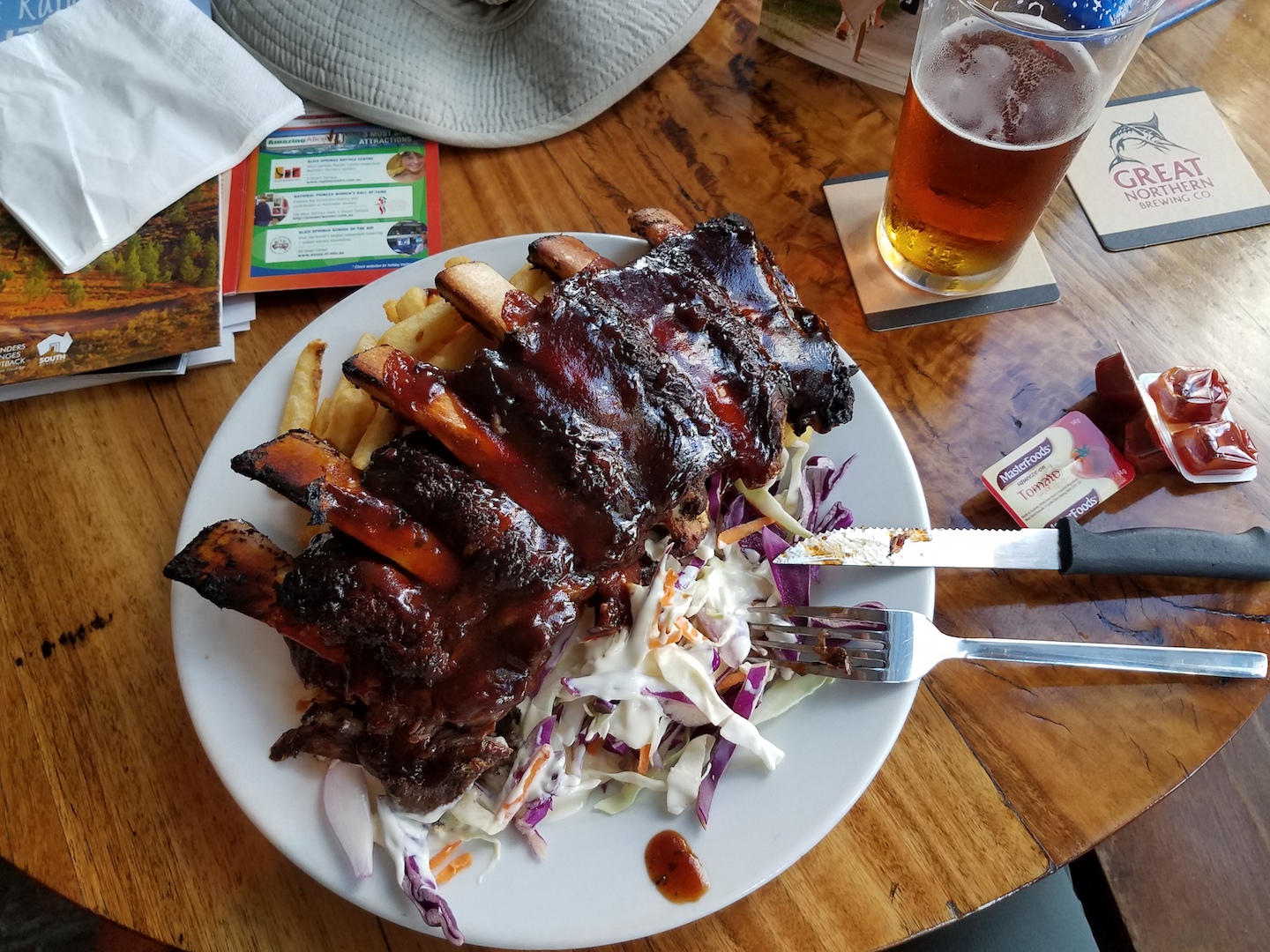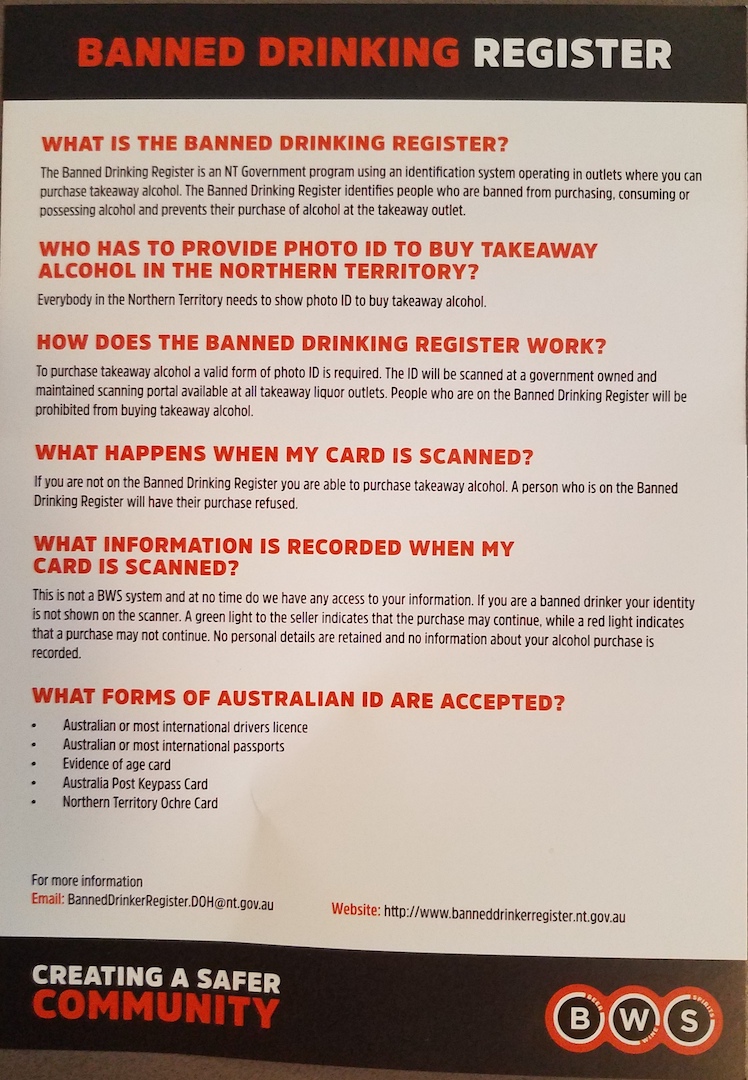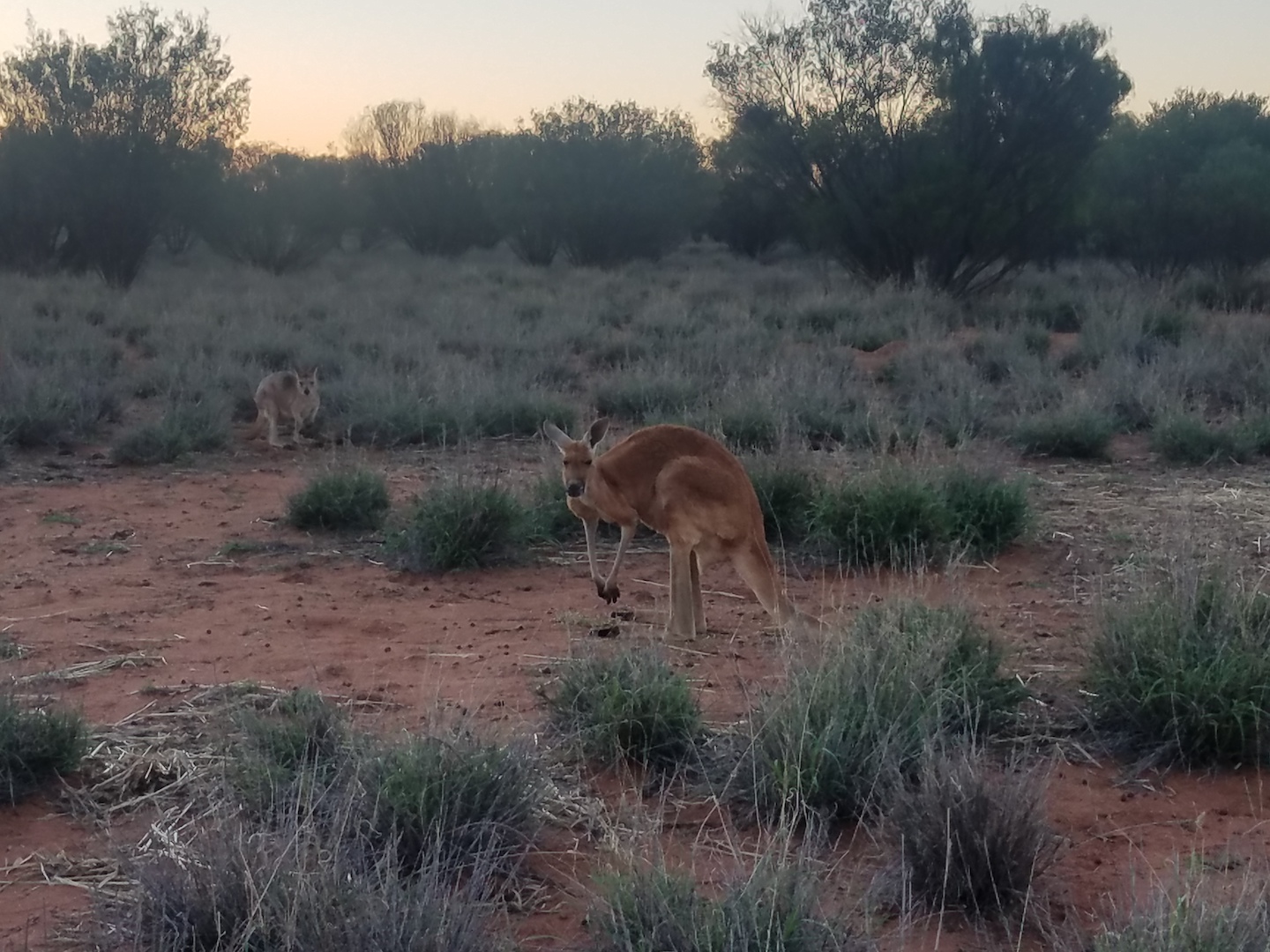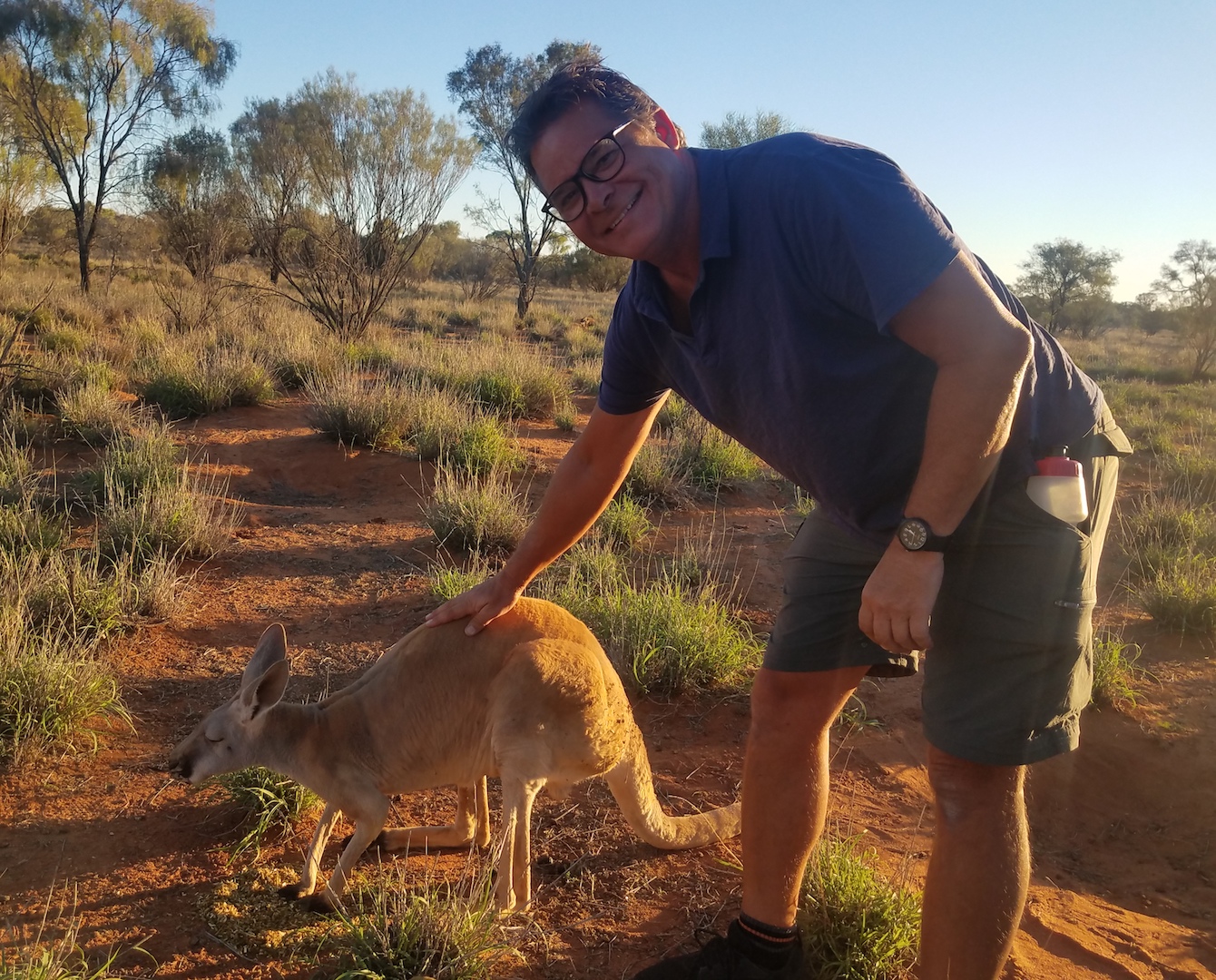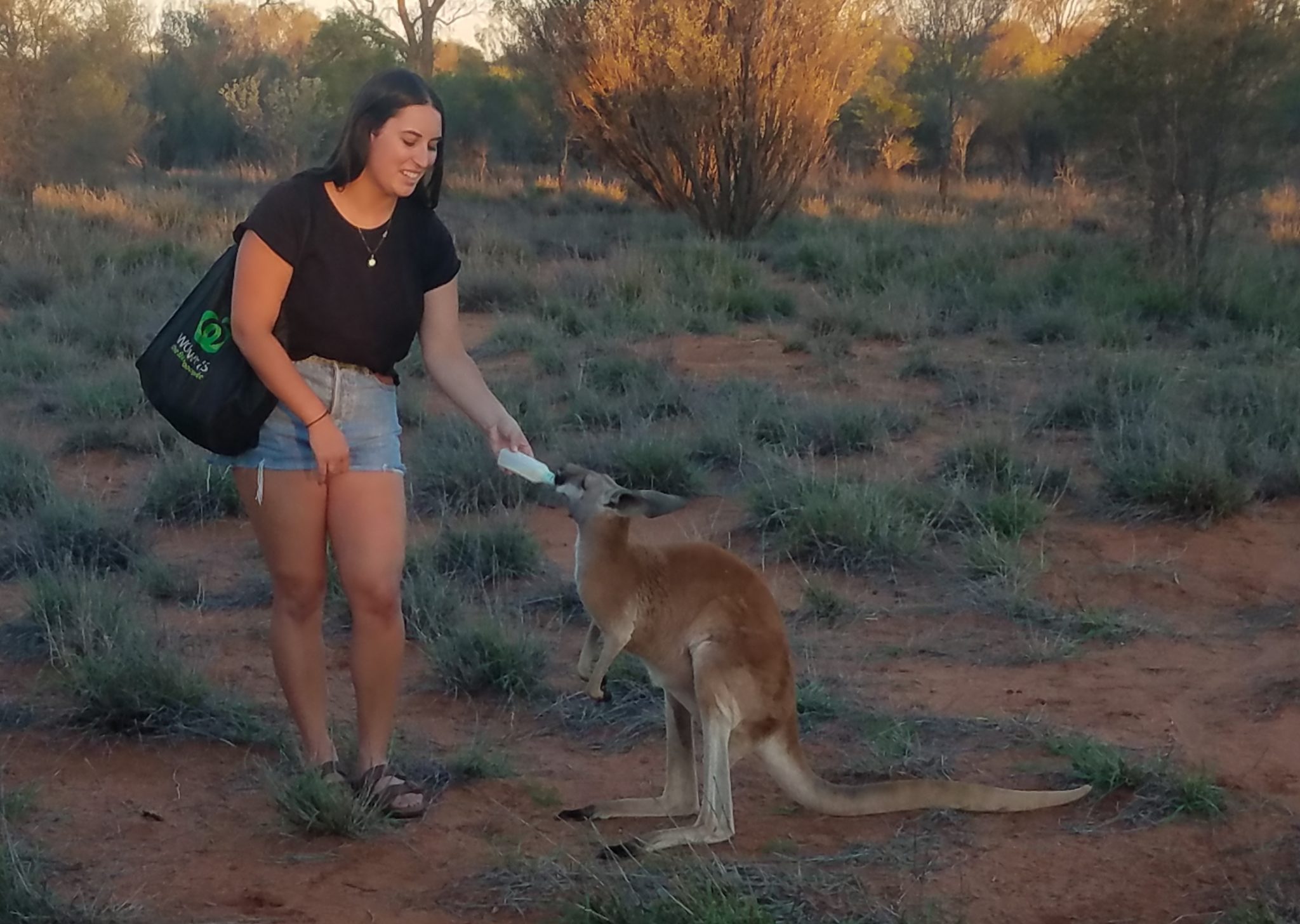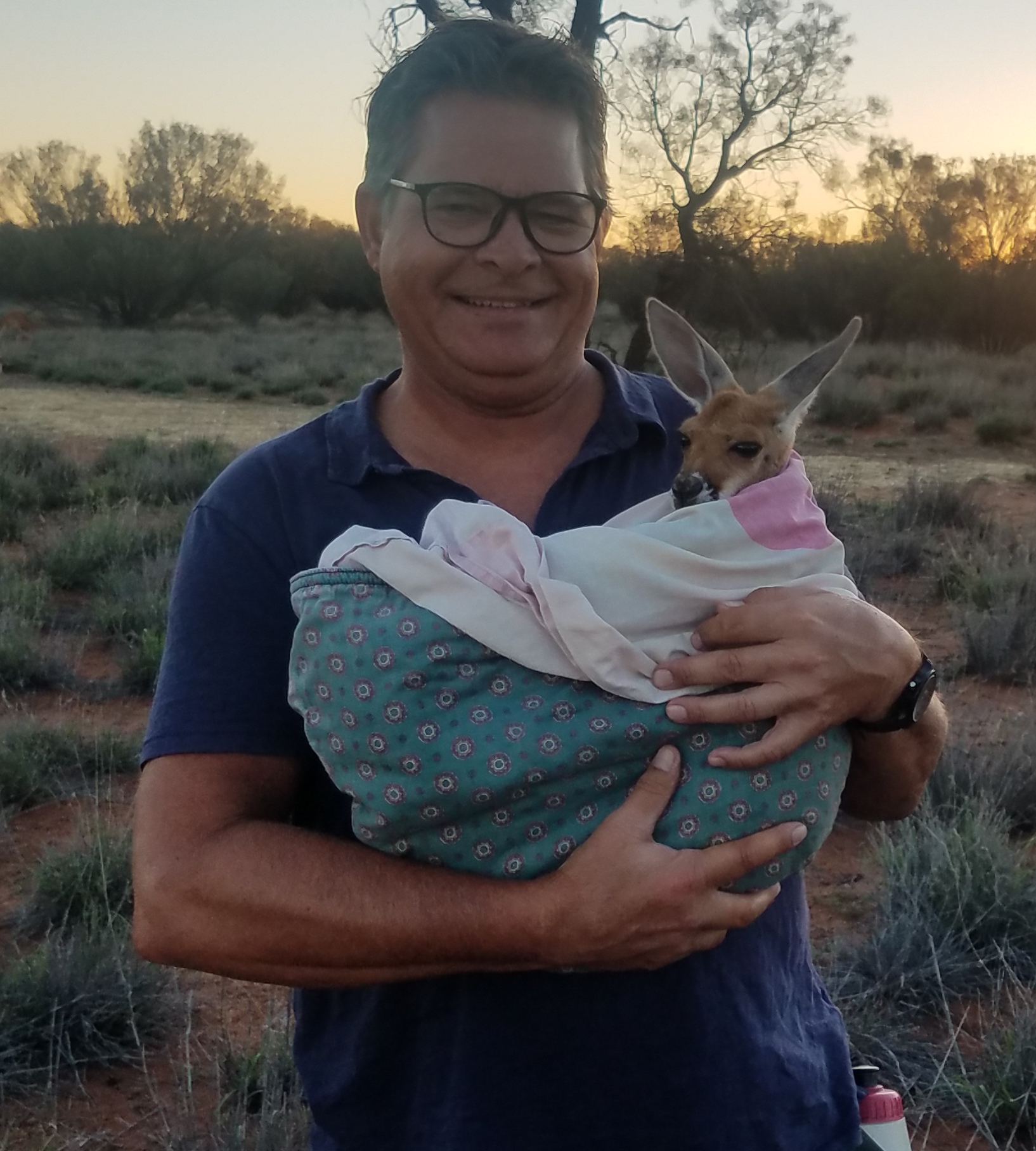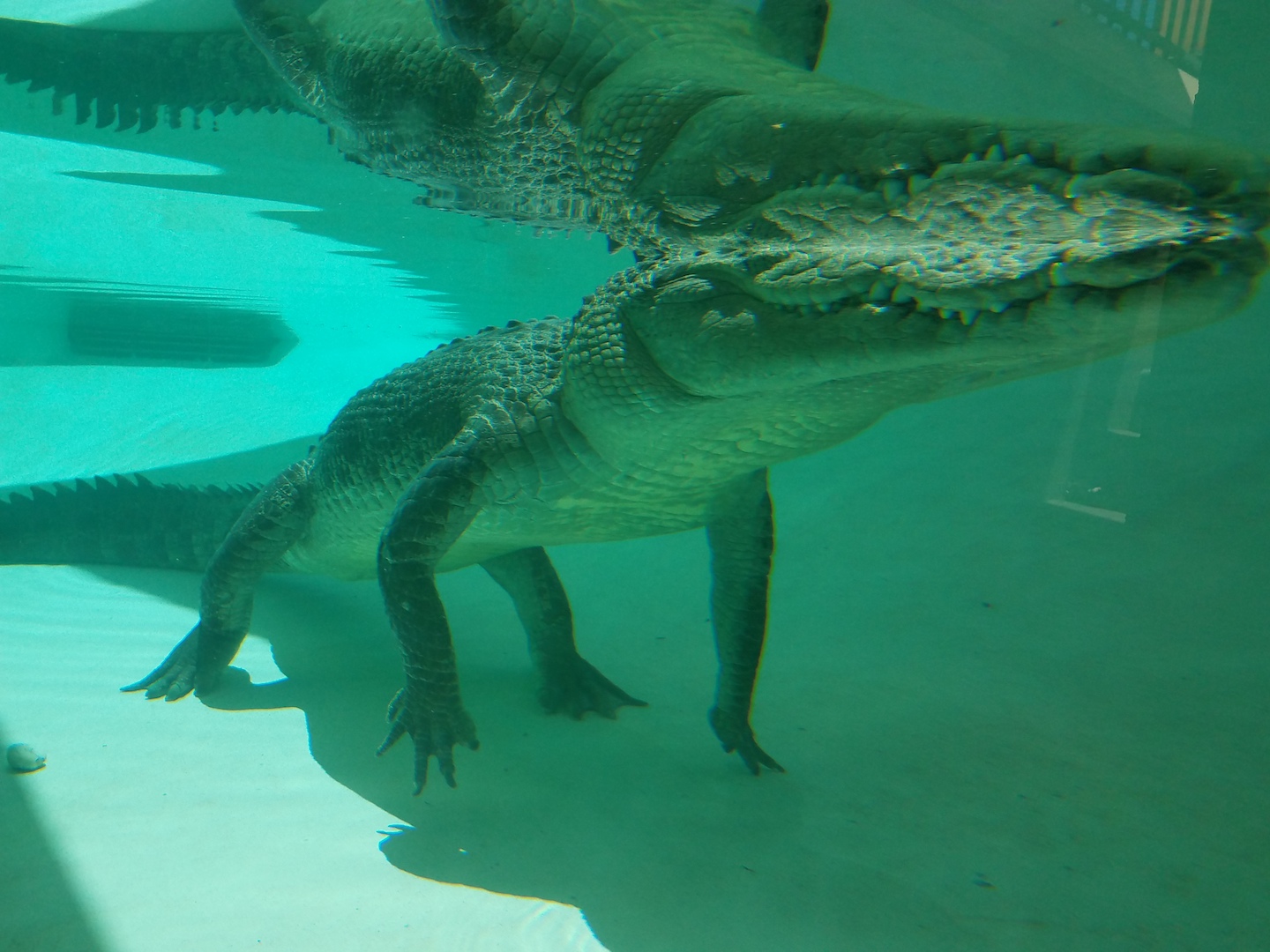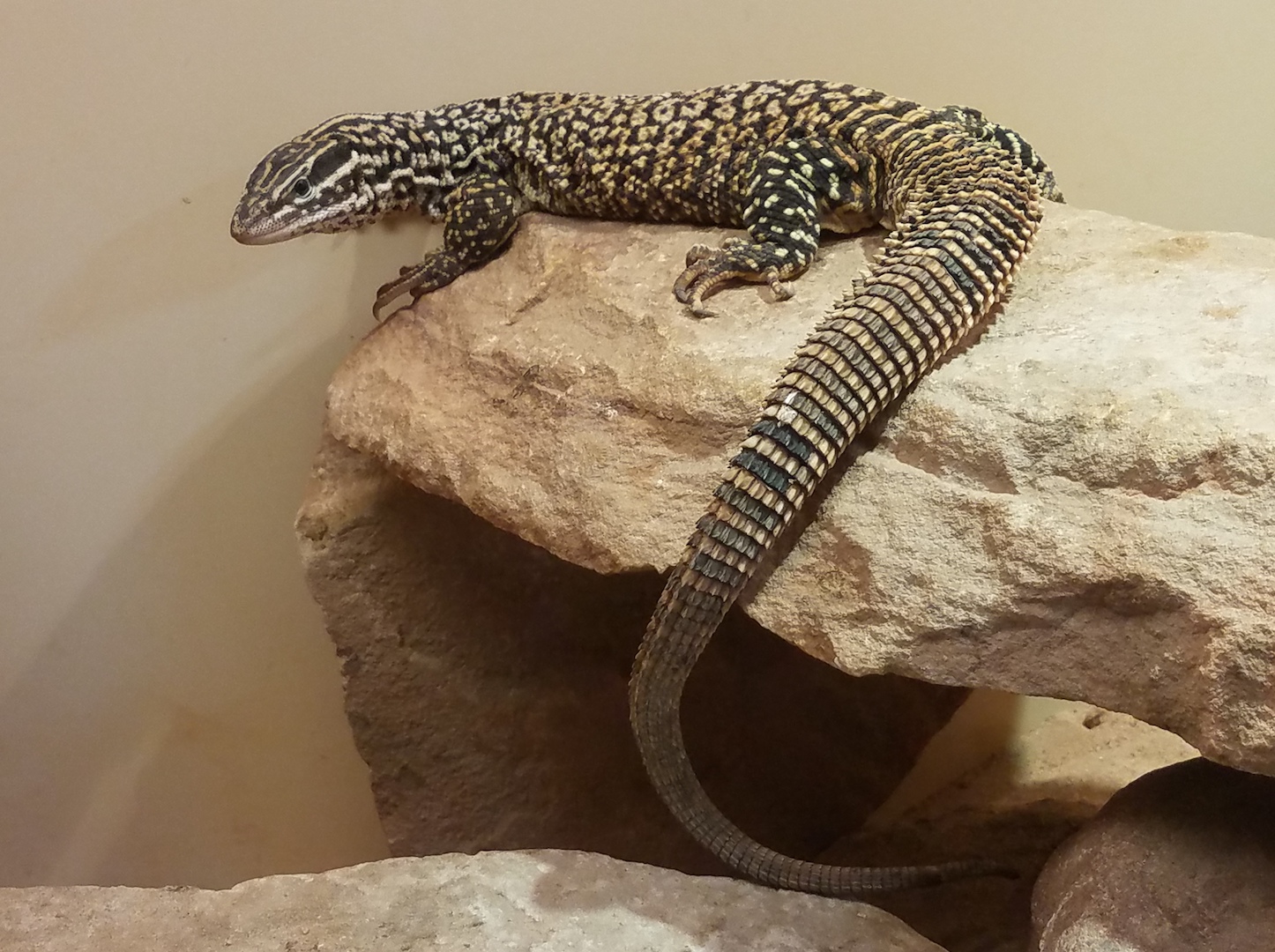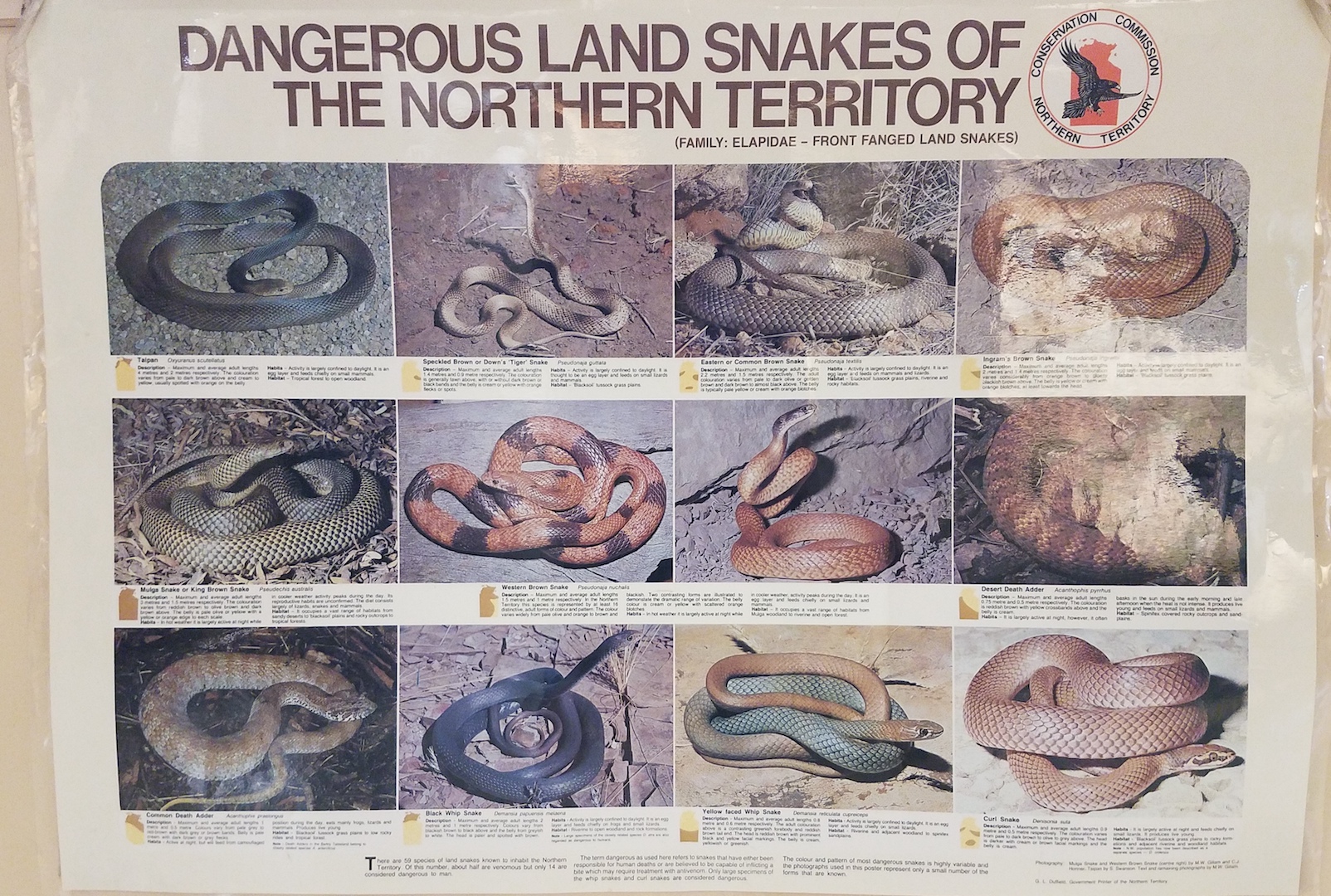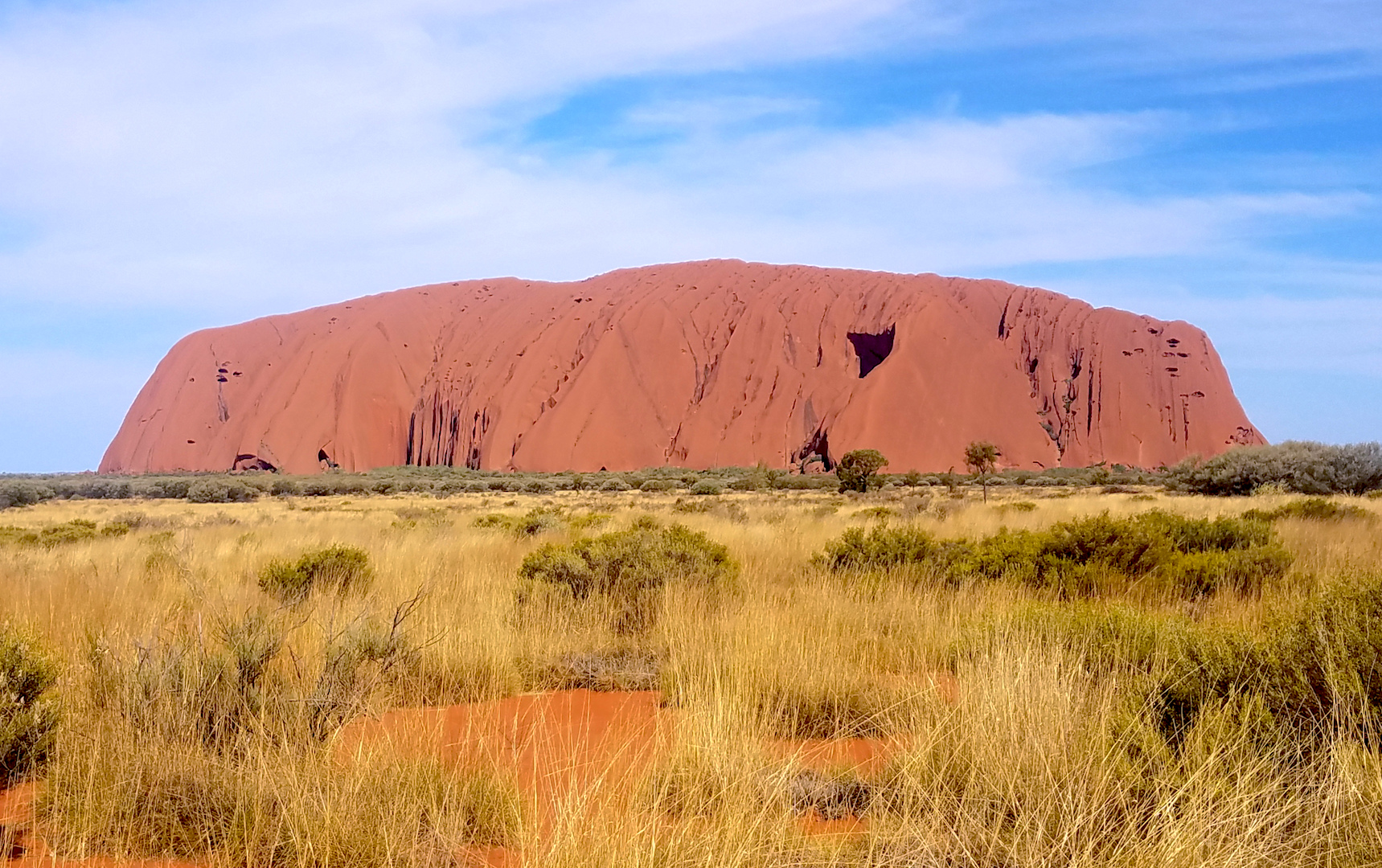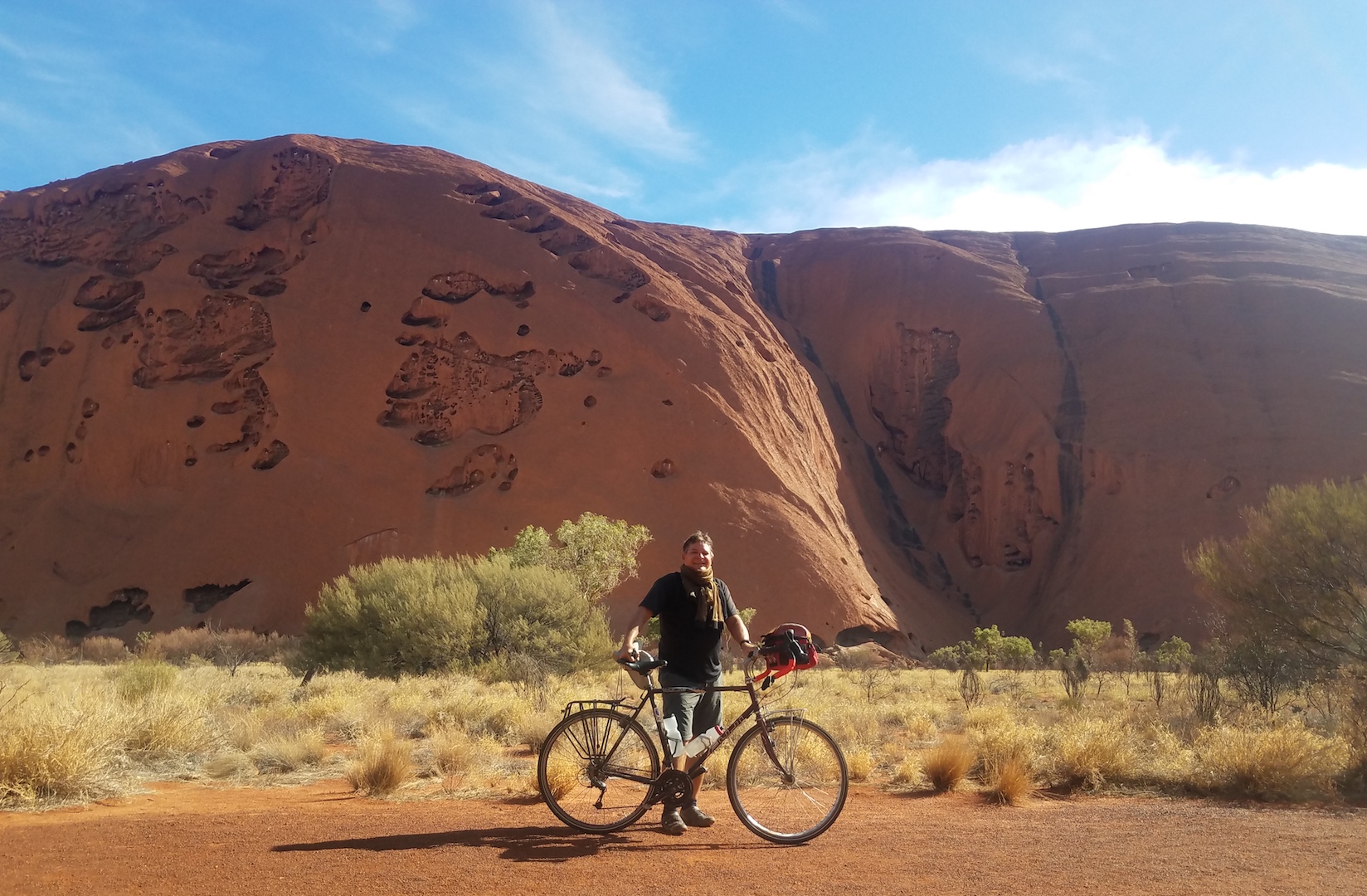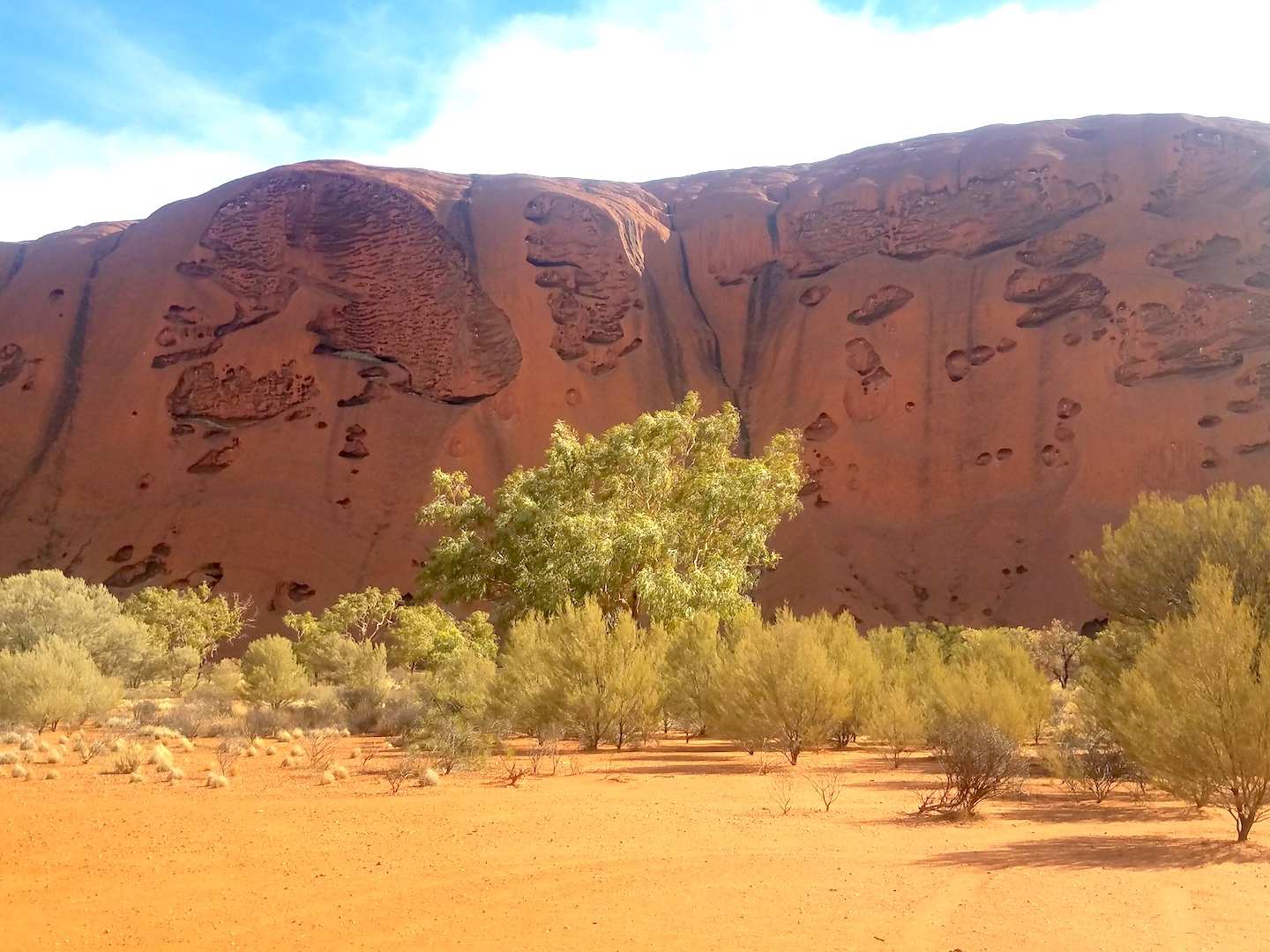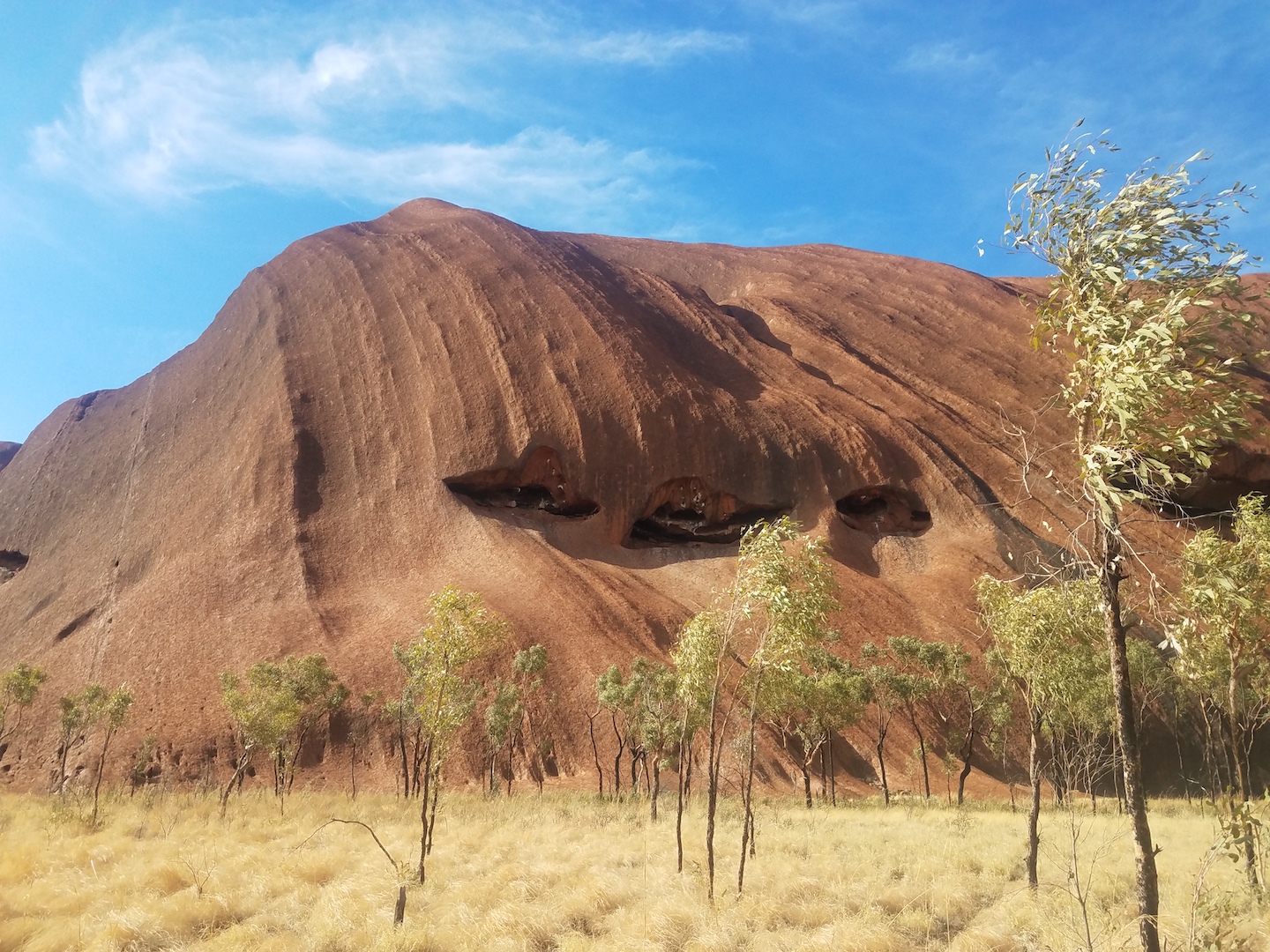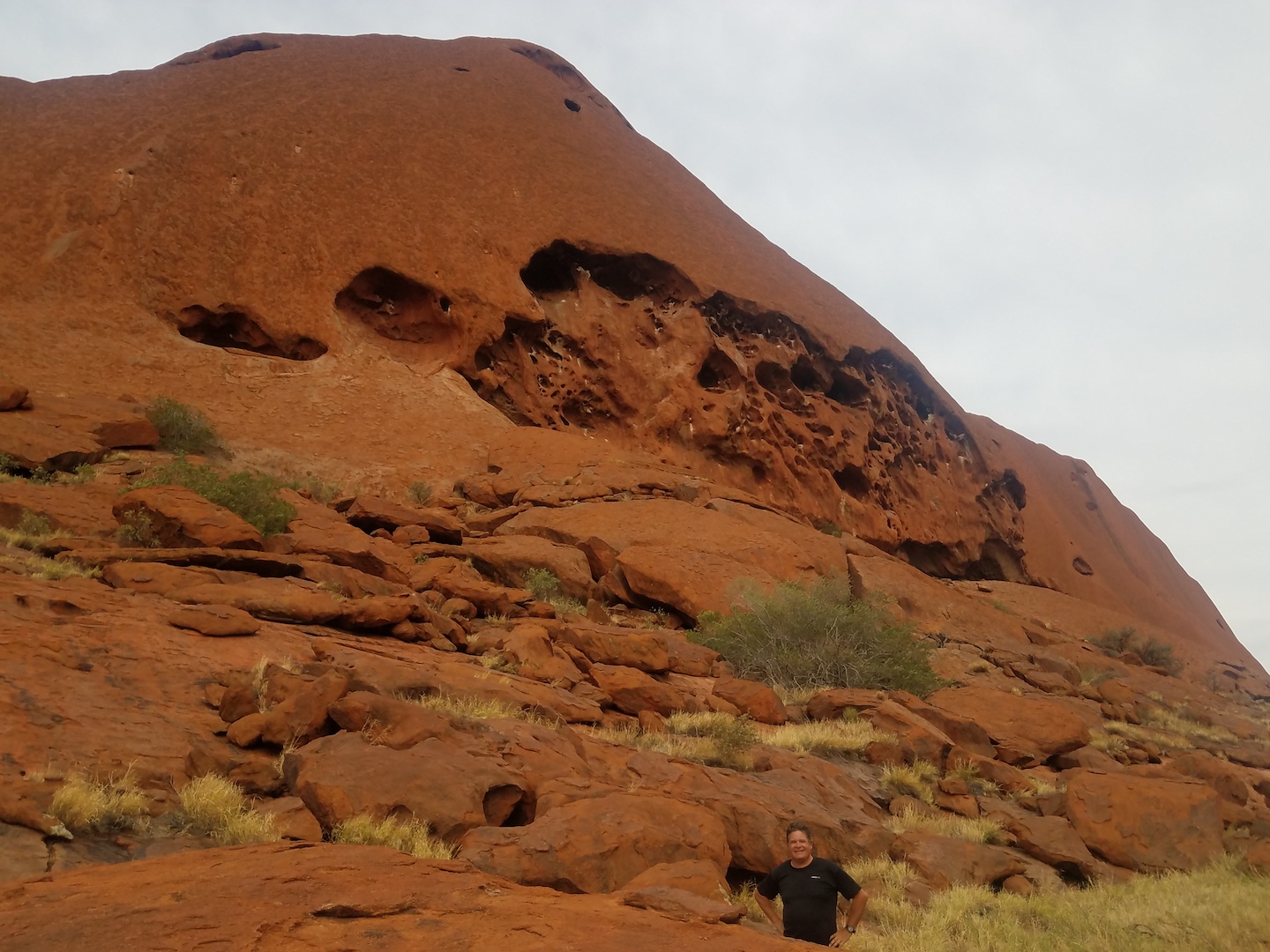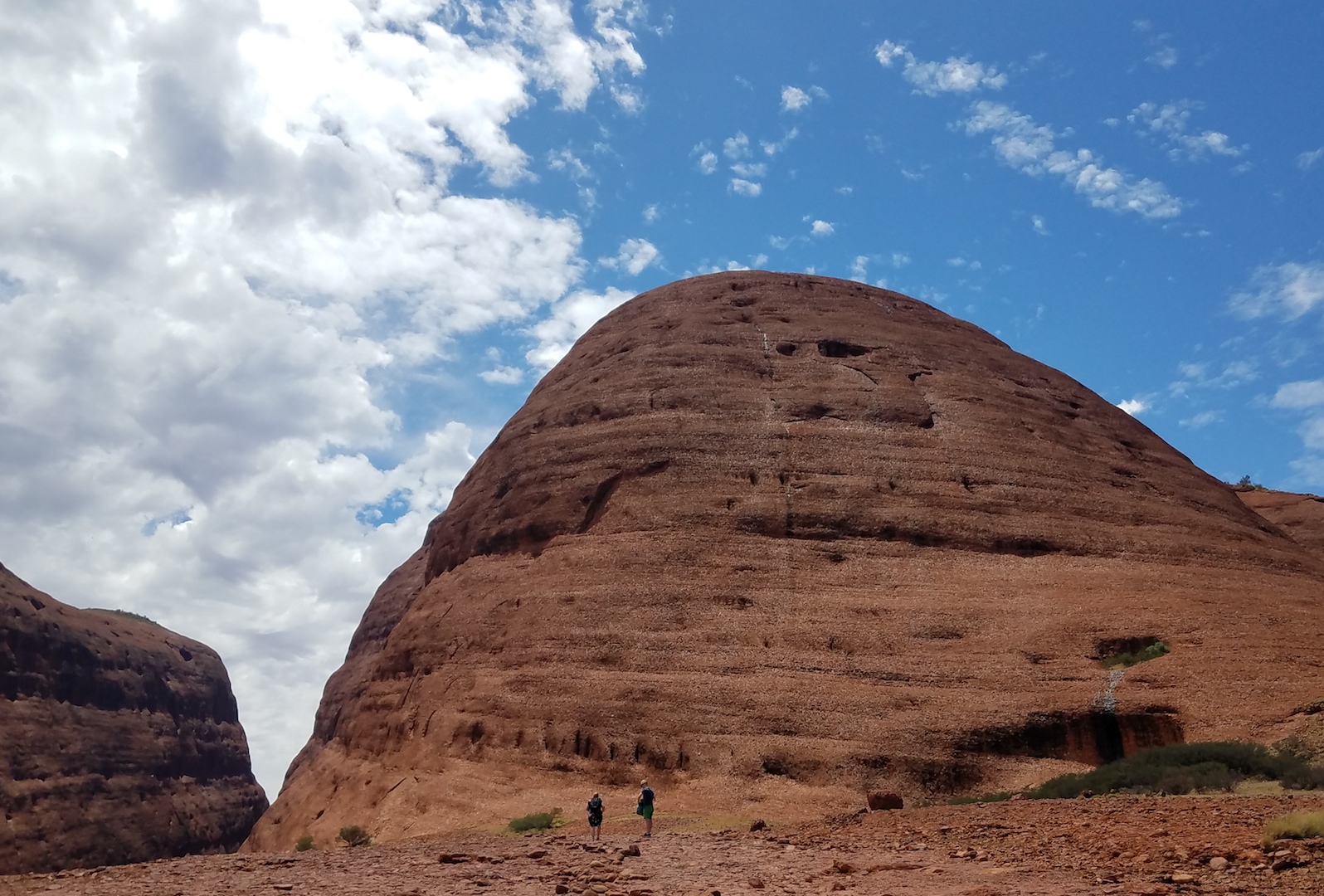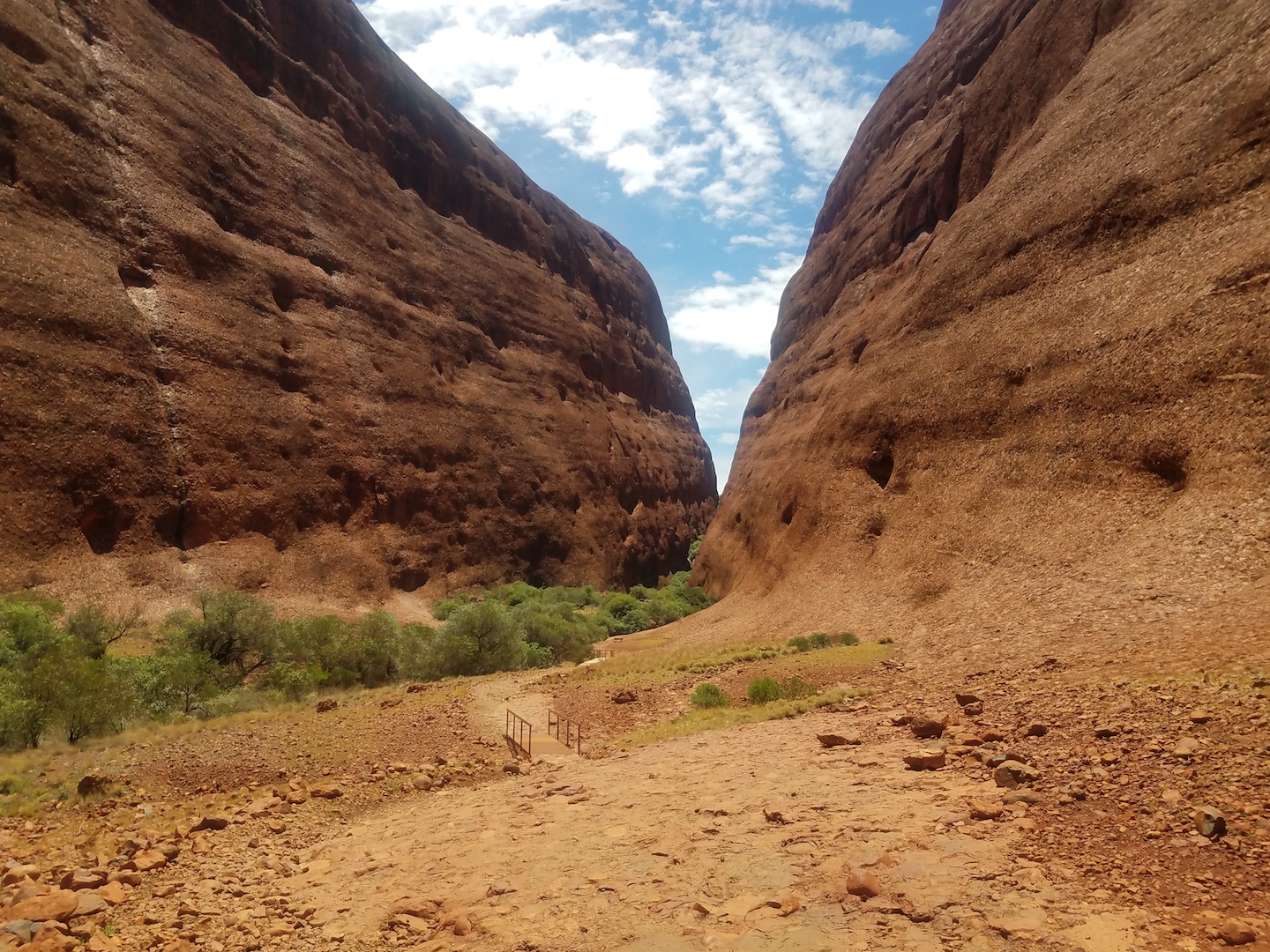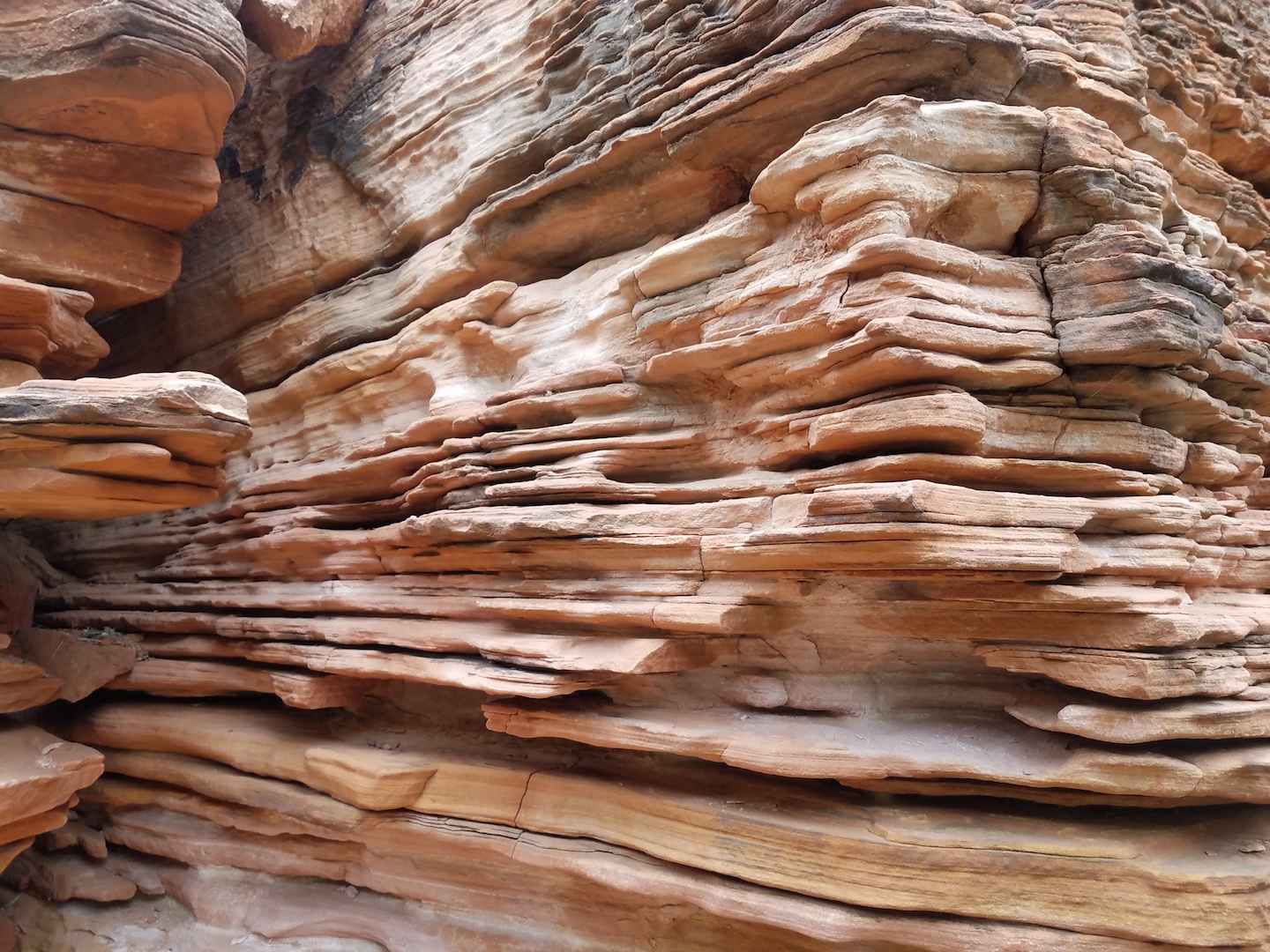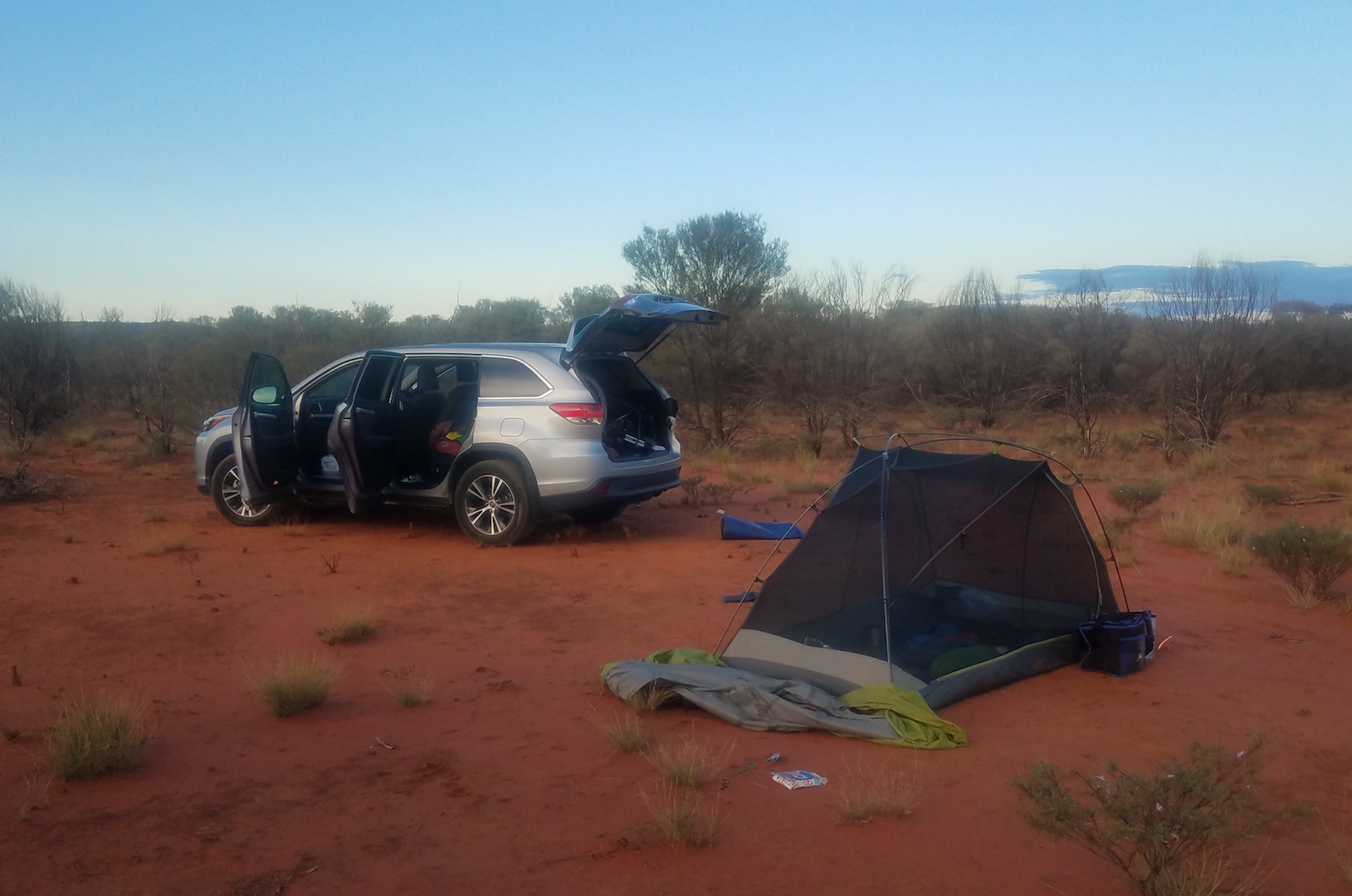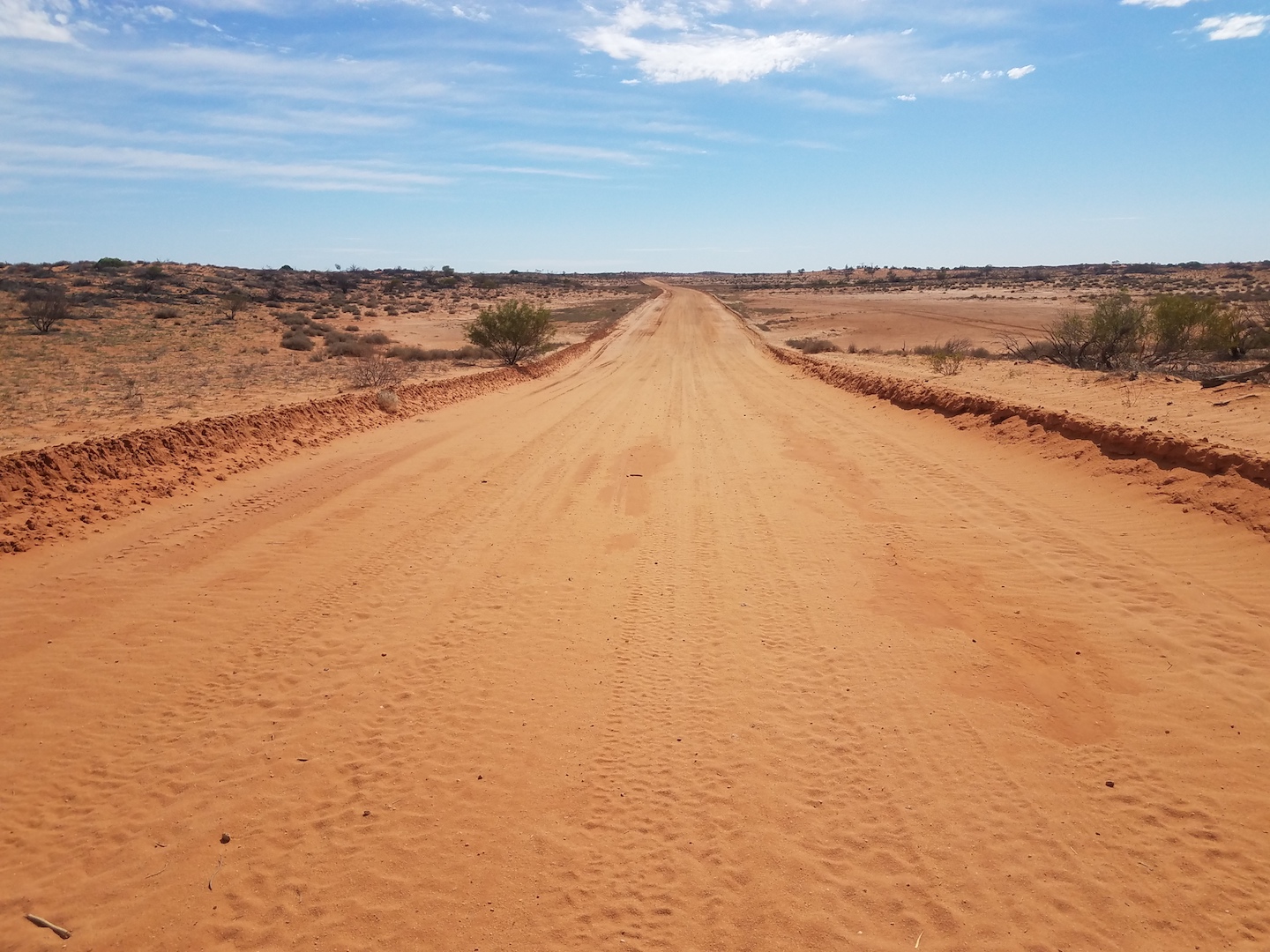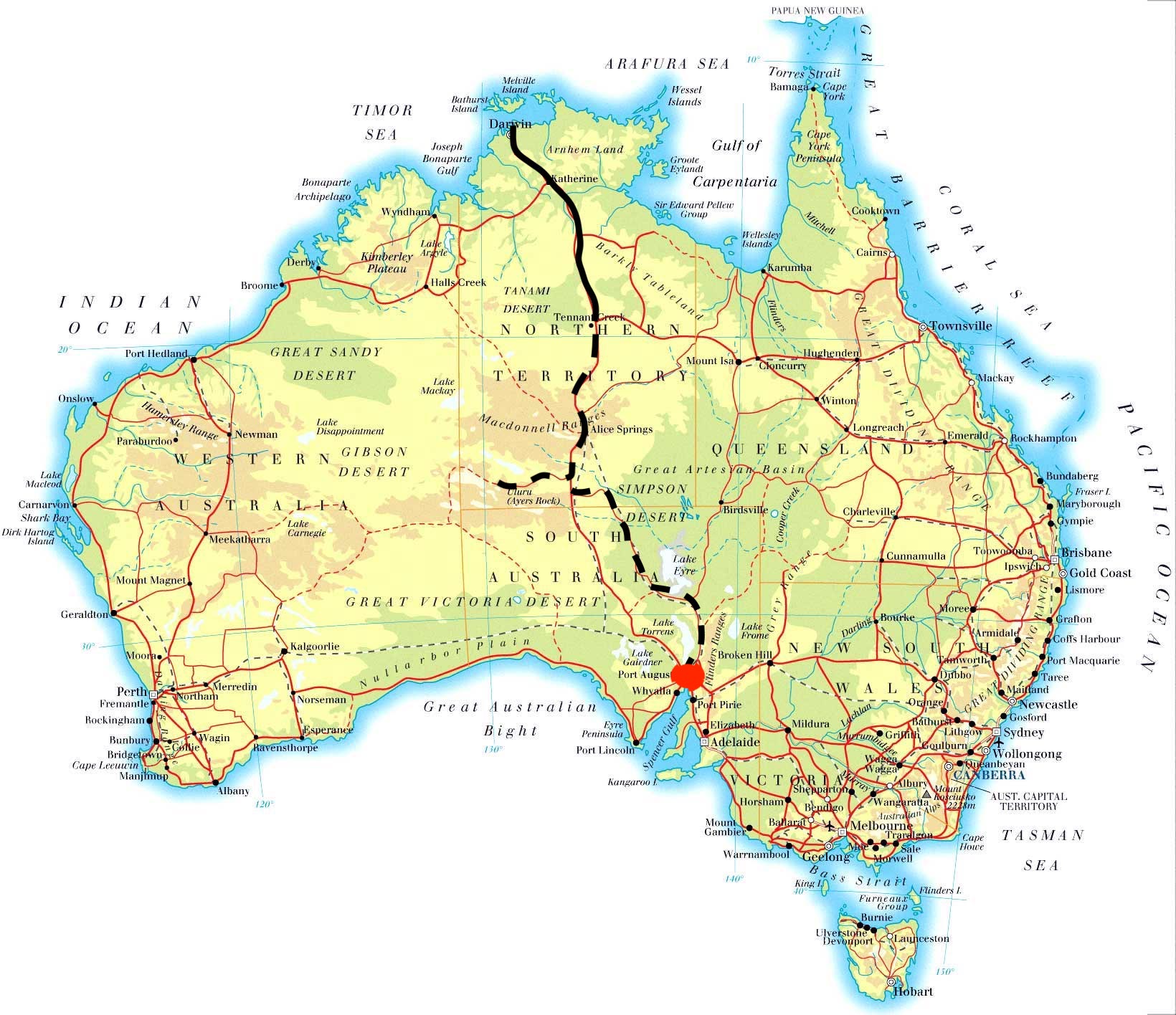“G’day mate” is a popular greeting here, it’s true.
Just a warning, this post is longer than average so give yourself plenty of time. Enjoy!
I had a couple relaxing days resting in Alice Springs. After many weeks of Vietnamese and Japanese food it was nice to chow into a big plate of ribs one night.
One odd thing about the Northern Territory state is the liquor laws. Booze costs twice as much here as anywhere else I have been. The government believes that by taxing alcohol, it will discourage consumption. But I have my doubts. Apparently alcoholism is bad among the aboriginal people. I’ve had a few approach me and ask me to buy them some rum. They look a downtrodden lot by and large. Often barefoot, with dirty clothes and reeking of body odor. It’s a sad sight. The government in NT maintains a “banned drinker register”. So I guess if you are arrested for drunkenness you get put on this list. If you want to buy alcohol from a take away store you must present a photo ID. They scan the ID and if it matches one in the banned drinker register the store cannot sell to you. It seems a bit draconian to me. If a drinker wants a drink, by hook or by crook, they’ll get one.
Indigenous Australians
The indigenous people here are the Aboriginal and Torres Strait Islander people, descended from groups that existed in Australia and surrounding islands before British colonization. The time of arrival of the first Indigenous Australians is estimated to be around 50,000 years ago.
The Indigenous Australian population is mostly urbanized, but a substantial number (27%) live in remote settlements. Both the remote and urban populations have adverse ratings on a number of social indicators, including health, education, unemployment, poverty and crime. For example:
- The average life expectancy of Aboriginal and Torres Strait Islander people is approximately ten years less than that of non-Indigenous Australians.
- Unemployment among Aboriginal and Torres Strait Islander people is twice that of non-indigenous Australians.
- Twenty percent of Aboriginal and Torres Strait Islander women experienced physical violence in the previous 12 months, compared to 7 per cent of non-Indigenous women.
- Half of all Aboriginal and Torres Strait Islander people aged 15 years and over had some form of disability. In non-remote areas, Aboriginal and Torres Strait Islander people were one-and-a-half times more likely than non-Indigenous adults to have a disability or a long-term health condition.
- Aboriginal and Torres Strait Islander people comprised 28 per cent of Australia’s full-time adult prison population, although they comprise only 3 per cent of the country’s population.

Click the link below for more photos of aboriginal people and culture.
http://darkroom.baltimoresun.com/2014/12/aboriginal-crocodile-hunters/#1
The Stolen Generations
The term Stolen Generations refers to those children of Australian Aboriginal and Torres Strait Islander descent who were forcibly removed from their families by the Australian government for the purpose of eradicating Aboriginal culture. The forcible removal of these children occurred between 1871 and 1969.
To this day, this forced removal has had a huge impact on the psyche of Aboriginal Australians; it has seriously impacted not only the children removed and their parents, but their descendants as well. Not only were many of the children abused – psychologically, physically, or sexually – but were also deprived of their culture alongside their families. This has resulted in the disruption of Aboriginal oral culture, as families were unable to communicate their knowledge to the Stolen Generations, and thus much has been lost. There is also high incidences of anxiety, depression, PSTD and suicide amongst the Stolen Generations, with this resulting in unstable parenting and family situations.
An inquiry into the Stolen Generations found that 10 to 33% of all Aboriginal children had been separated from their families. In 2008 Prime Minister Kevin Rudd issued a formal apology to the Aboriginal Australians over the Stolen Generations.
The 2002 movie Rabbit Proof Fence, set in 1931, tells the true story of three mixed-race girls who are taken from their Aboriginal mother and sent over a thousand miles away to a training camp to integrate them into white society. They escape, determined to return home against all odds. Click below for the trailer.
OK, enough heavy talk about social issues. Let’s move on to something more fun, like baby kangaroos.
The Kangaroo Sanctuary
Chris ‘Brolga’ Barns first established the Baby Kangaroo Rescue Centre in Alice Springs in 2005. He then built The Kangaroo Sanctuary Alice Springs, a 188 acre wildlife sanctuary for rescued orphaned baby kangaroos and adult kangaroos, which opened in 2011. Their mission is to educate and encourage people to rescue and care for kangaroos and other wildlife and animals. Their motto is Animals Come First. I toured the sanctuary one evening with a group. Here are some photos.
Here I am holding a baby kangaroo, called a joey. Most of the babies come from adult females who are killed by cars and trucks on the highways. People rescue the joeys and turn them over to the sanctuary. When they are old enough they are returned to the wild. In some cases, such as injury, they are kept to live in the sanctuary the rest of their lives, as they would not survive in the wild. Their biggest predators are dingoes, wild dogs.
Here’s a short video I made.
Then I went to the Reptile Center and checked out all the venomous snakes in Australia. There’s about 10-15 of them. I took photos of them all so I could recognize them in case I saw one in the bush.
Salt water crocodile.
Various odd lizards and venomous snakes.
One Bigass Rock
I picked up my Toyota 4WD and left Alice Springs, speeding down the highway at 130 kph. It was great. My first stop was Uluru, or Ayers Rock as it is also known. Uluru is the Aboriginal and official name.
Uluru is a giant monolith that was created over some 600 million years. It originally sat at the bottom of a sea, but today stands 348m above ground. One of the most startling Uluru facts however, is that some 2.5 kms of its bulk is underground. Uluru is made from a sedimentary rock called arkose sandstone, a coarse-grained sandstone rich in the mineral feldspar.
The theory is that Uluru and the nearby Kata Tjuta rocks must have been harder than the rock surrounding them. The rock layers that eroded around them may have had more faults and fractures allowing increased weathering and erosion to occur.
Weathering of Uluru gives the rock its red color. The iron minerals in the rock are weathered by water and oxygen in a similar effect to iron rusting. The feldspar minerals within the arkose sandstone are also weathered and form clays which contributes to the colouring. The unweathered rock is a grey color and can be seen inside the caves around Uluru.
How big is Uluru?
Uluru…
- is 348 metres (1141 feet) high
- is 3.6 km long (2.2 miles)
- is 1.9 km wide (1.2 miles)
- is 9.4 km or 5.8 miles around the base
- extends about several km/miles into the ground (no-one knows exactly how far)
Uluru/Ayers Rock
There is a walking trail around the circumference of the rock which is about 10 km. I biked around it. Here is a shot of one side.
Some other views of Uluru.
You are allowed to climb Uluru but the local people request that you don’t out of respect for their sacred traditions. I did not climb it. Climbing the rock will officially be banned next year.
About 45 km from Uluru is Kata Tjuta, a series of similar rocks, but smaller.
After Uluru I hiked Kings Canyon. The canyon is made of sandstone which has eroded, forming some cool sculptures.
Heading south, I camped four nights in the bush. This is the way to travel. Forget the darn bike!
I took some back roads to see the real outback. No way I could have done this on my bike.
More kangaroos, but not in the sanctuary. These were wild, and strangely not afraid of me.
Japan had the Abu, the biting horseflies. Australia just has flies. They don’t bite, but there are millions of them.
The dry hot outback. Pray that your vehicle does not have a breakdown.
That’s it for now. I will return my car in Adelaide tomorrow then it’s back on two wheels to Sydney. Here is my current location in Port Augusta.
